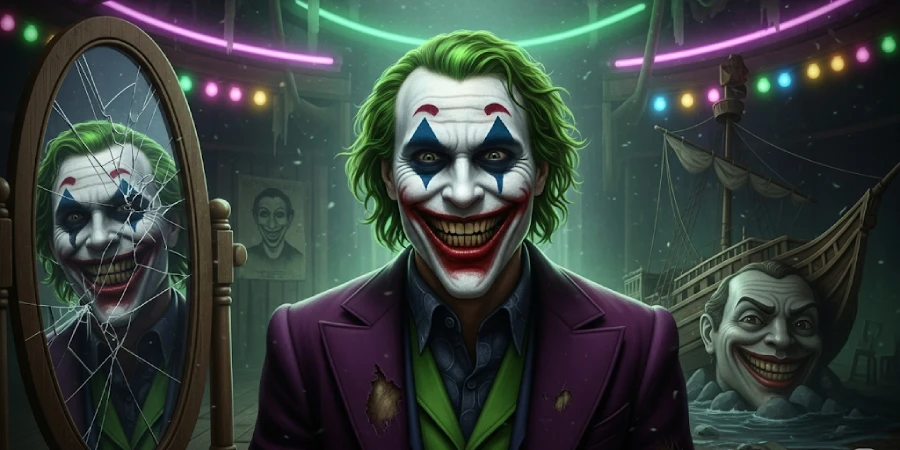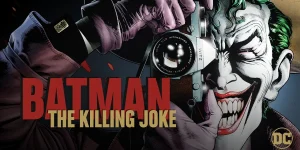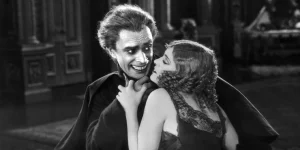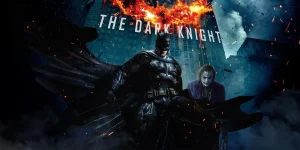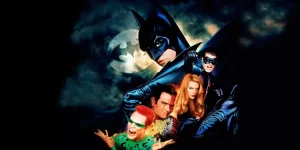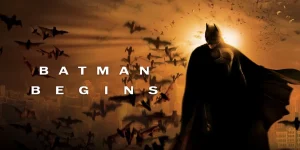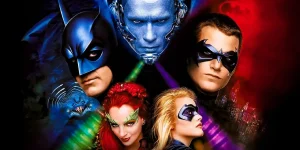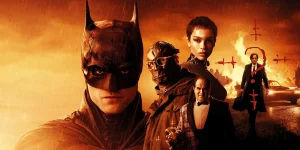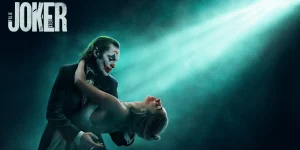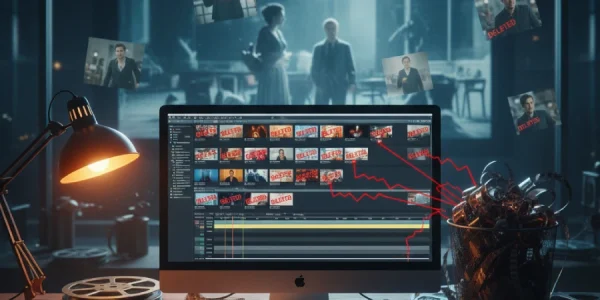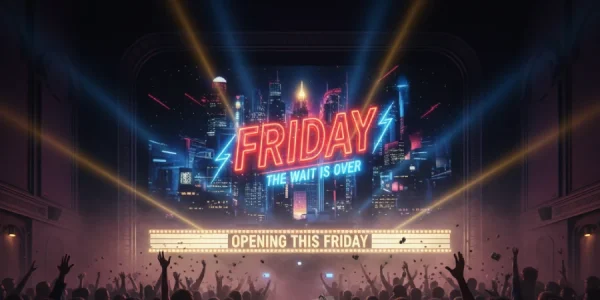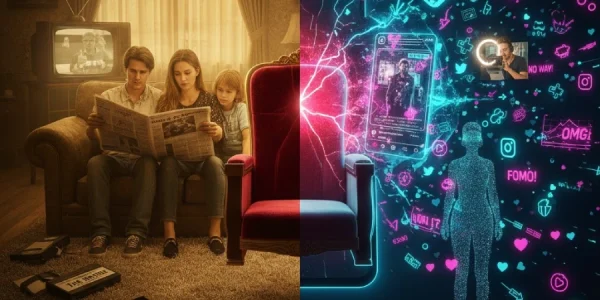What makes a smile terrifying? When we think of the most iconic villains in pop culture, few images are as haunting as the Joker’s smile—that grotesque, permanent grin that has haunted Batman and audiences for decades. This isn’t just any villain’s trademark; it’s a carefully crafted symbol of chaos that draws from literary horror, psychological terror, and masterful character design.
The origins of this sinister expression trace back to a 1928 silent film that would forever change how we perceive madness in fiction. From Victor Hugo’s literary masterpiece to the pages of Detective Comics, the Joker’s smile represents the thin line between comedy and horror, sanity and madness. Let’s explore how this chilling grimace became the face of evil in the DC Universe.
Table of Contents
ToggleThe Literary Foundation: Victor Hugo’s “The Man Who Laughs”
Before there was Batman’s greatest nemesis, there was Gwynplaine—the protagonist of Victor Hugo’s 1869 novel “The Man Who Laughs.” Hugo created a character whose face was surgically mutilated as a child, leaving him with a permanent smile that masked profound tragedy.
How Hugo Influenced Comic Book Villainy
The connection between Hugo’s work and the Joker’s smile isn’t coincidental. Bob Kane and Bill Finger, the creators of the Joker, drew direct inspiration from Conrad Veidt’s portrayal of Gwynplaine in the 1928 film adaptation. The visual of Veidt’s haunting grin became the blueprint for what would become one of comics’ most recognizable features.
Key elements that transferred from literature to comics include:
- The forced permanent smile as a symbol of twisted fate
- The contrast between external appearance and internal anguish
- The unsettling nature of involuntary joy
- The social isolation caused by physical disfigurement
From Silent Screen to Comic Pages: The Visual Evolution
Conrad Veidt’s Cinematic Impact
The 1928 film “The Man Who Laughs” starring Conrad Veidt created a visual language that would echo through decades of villain design. Veidt’s performance showed how a smile could become a mask of horror rather than happiness.
The Joker’s smile evolved from this cinematic foundation through several key design choices:
Visual Elements That Defined the Character:
- Exaggerated facial features emphasizing the grin
- Pale, chalk-white skin creating an unnatural appearance
- Red lips that extend beyond natural boundaries
- Wild, unkempt hair suggesting madness
- Sharp, theatrical clothing choices
The Comic Book Transformation
When the Joker first appeared in Batman #1 (1940), the creators took Veidt’s haunting visage and amplified it for the comic medium. The Joker’s smile became more pronounced, more theatrical, and infinitely more menacing.
The Psychology Behind the Grin: What Makes Joker’s Smile So Disturbing
The Uncanny Valley of Facial Expressions
Psychologists have long studied why certain facial expressions disturb us. The Joker’s smile taps into several deep-seated fears:
Psychological Triggers:
- Inappropriate emotional response: Smiling during violence or tragedy
- Lack of genuine emotion: The smile doesn’t reach the eyes
- Unpredictability: You can’t read the true intentions behind the grin
- Social norm violation: Normal facial expressions follow social cues
The Smile as Weapon
Unlike other villains who rely on physical intimidation, the Joker weaponizes joy itself. His smile becomes a tool of psychological warfare, turning something associated with happiness into an instrument of fear.
Cultural Impact: How Joker’s Smile Redefined Villainy
Beyond Batman: Influence on Popular Culture
The Joker’s smile has influenced villain design across multiple media:
- Film and Television: From Jack Nicholson to Heath Ledger to Joaquin Phoenix
- Literature: Modern horror and thriller antagonists
- Video Games: Character design in psychological horror games
- Art and Fashion: Gothic and alternative aesthetic movements
The Modern Interpretation
Contemporary portrayals of the Joker have explored different aspects of his signature grin:
- Heath Ledger’s Dark Knight (2008): Self-inflicted scars creating a Glasgow smile
- Joaquin Phoenix’s Joker (2019): A medical condition causing inappropriate laughter
- Animated Versions: Exaggerated cartoon features emphasizing the theatrical nature
The Joker’s Smile in Different Media Adaptations
Comic Book Evolution
Over 80 years, the Joker’s smile has been interpreted by countless artists:
- Golden Age: More realistic, horror-focused design
- Silver Age: Campy, less threatening appearance
- Modern Age: Return to darker, more psychological portrayal
Screen Adaptations and Their Unique Takes
Each actor who has portrayed the Joker has brought their own interpretation to the iconic grin, while maintaining its essential disturbing quality.
FAQ: Understanding Joker’s Signature Smile
What inspired the original design of Joker’s smile?
The Joker’s smile was directly inspired by Conrad Veidt’s portrayal in the 1928 film “The Man Who Laughs,” based on Victor Hugo’s novel.
Why is Joker’s smile considered so disturbing?
The smile violates social norms by appearing during inappropriate moments and lacks genuine emotion, creating psychological discomfort.
Has the Joker’s smile design changed over the years?
Yes, while maintaining its core elements, different artists and actors have interpreted the smile to reflect contemporary fears and artistic styles.
What psychological effect does the Joker’s permanent smile have on other characters?
It creates uncertainty and fear because other characters cannot read his true emotions or predict his actions.
How does the Joker’s smile compare to other villain trademarks?
Unlike physical weapons or supernatural powers, the Joker’s smile weaponizes a basic human expression, making it uniquely disturbing.
Conclusion: The Eternal Grin That Haunts Our Nightmares
The Joker’s smile represents more than just a villain’s trademark—it’s a masterpiece of psychological horror that has endured for over eight decades. From Victor Hugo’s tragic Gwynplaine to the darkest corners of Gotham City, this grotesque grin continues to evolve while maintaining its power to unsettle and terrify.
Understanding the origins and psychology behind this iconic expression helps us appreciate the depth of character design and storytelling that goes into creating truly memorable villains. The Joker’s smile reminds us that sometimes the most frightening monsters are those that wear the mask of joy.
Ready to dive deeper into the psychology of comic book villains? Share this article with fellow comic enthusiasts and explore more movie and character analyses on our blog!

